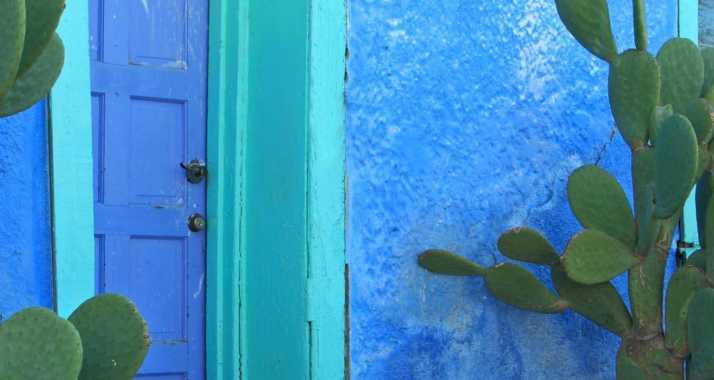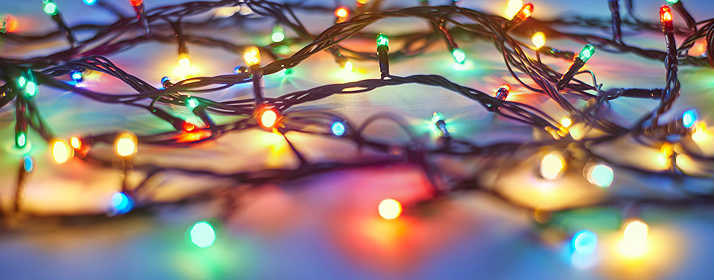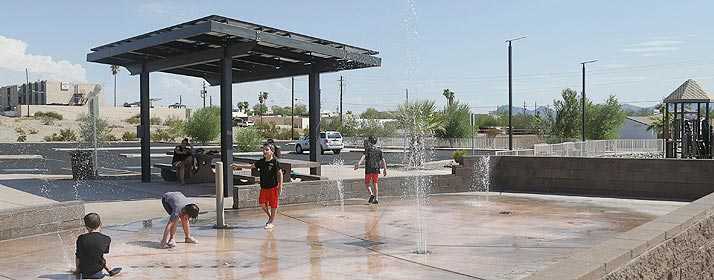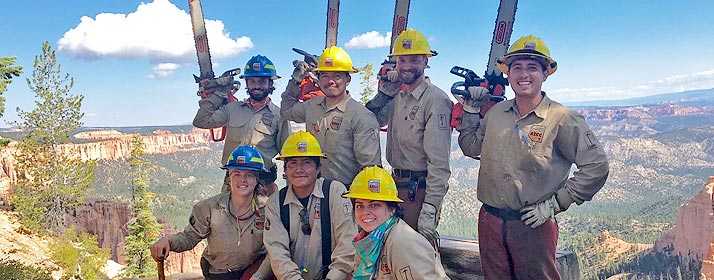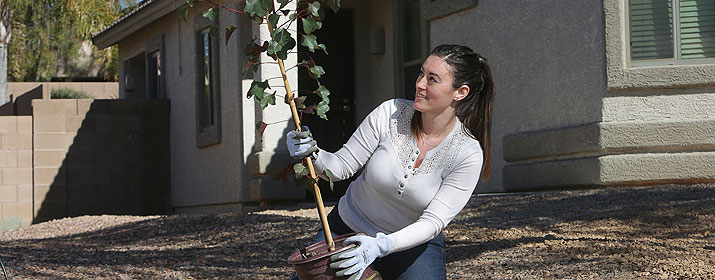
Late summer through fall is a good time for planting trees. If you plan on buying and planting trees through the UniSource Trees for You program, you’ll want to take steps to make sure your trees not only survive – but thrive – to provide energy-saving shade for your home.
“Trees can be planted pretty much all year long in Arizona, but this time of year is ideal because it allows for extra root growth and the cooler weather reduces stress on the plants,” said Stephanie Vickers, Certified Nursery Professional and Wholesale Sales Manager for Civano Nursery in Tucson. “You can also plant in winter, but the ground may be frozen making it harder to dig a proper-sized hole.”
Our trees program offers UniSource electric customers a $15 credit on their bill when they purchase a qualifying tree and submit their receipt. Planting trees on the south and west sides of your home will produce the greatest shade for energy savings.
Vickers shares nine secrets for ensuring your trees are planted correctly so that they get off to a good start.
1. Choose a cool time to plant.
Fall days can still be very warm. Plant the tree during the coolest times of the day – in early morning or later in the evening. It’s most comfortable and less stressful for the trees – and the person doing the planting. “The less you stress the tree, the better,” Vickers added.
2. Dig a right-sized hole.
Dig a hole the depth of the container and at least twice as wide. This gives the roots room to spread out and grow. Be sure to call 811 at least two working days before you plan on digging so that that utility lines can be marked.
3. Use only native soil.
Soil amendments are unnecessary, and can actually condition a tree to require more nutrients than are found in the native soil.
“Some recommend adding compost material and mixing it in with the dirt, but the native soil is enough for the tree,” Vickers said. “When you introduce a very fertile soil in the native dirt, the roots are happy until they reach the real soil and then the tree has trouble growing in the native soil.”
4. Cut away the container.
When removing the tree from the bucket, don’t pull the tree out. Simply cut the pot away, keeping the root ball intact and place it into the hole to reduce transplant shock. “Some plants have more sensitive root balls than others,” she said. “They almost always go into shock when their root ball is disturbed.”
5. Keep the tree’s root flare or crown above ground.
After a tree is planted, the soil can settle around the base, causing the root ball to sink. This pushes dirt up against the root flare at the base of the tree, slowly suffocating it. To prevent this, make sure the soil level is slightly above the ground level to allow the root flare to breathe.
6. Make a base well.
Dig a shallow well around the base of tree to the drip line – the imaginary line from the outermost branches around the tree. This helps retain water at the base when it rains or is watered to encourage the roots to spread. Vickers recommends widening the well as the tree matures so that water gets to the tips of the roots at the drip line.
7. Water daily.
Daily watering is recommended during the establishment period to mimic their care at the nursery and reduce shock. Saplings need water to reach their root balls when they’re starting to grow. But be careful. “You can overwater trees,” Vickers cautioned. “They tend to yellow on the newest growth to tell you they’re not getting enough nutrients from the soil because of overwatering.”
8. No pruning needed.
Hold off on pruning for at least a year to give the tree time to grow. Your local garden center can recommend the best time of year for pruning your type of tree.
9. Fertilize later.
Your sapling shouldn’t need fertilizer at first. Feeding can start a year after the tree has been planted.
By following these summer tree planting tips, your trees will produce energy-saving shade for your home for years to come. Click here to view a short video on tree planting tips.


